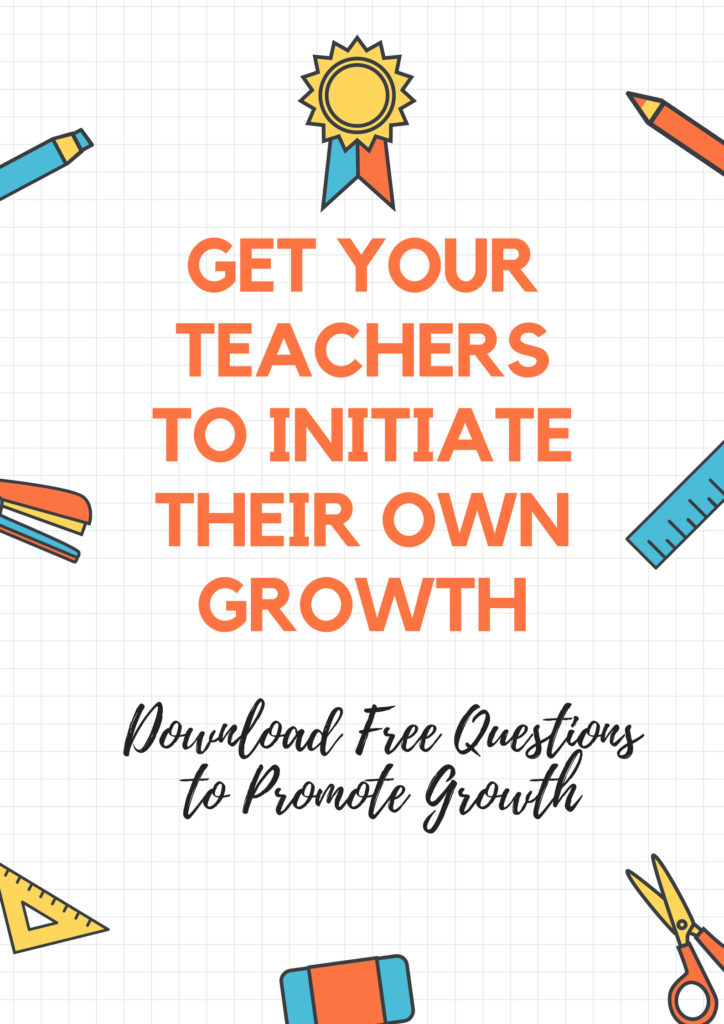I was delivering a training for teachers the other day and afterwards my colleague came up to me and said humorously, “There were moments when you were talking that you acted like you didn’t know the answer. The way you asked something and then waited and waited. I wanted to jump in and just say ‘tell them!’”
We all start out at natural questioners. I dare you to count the number of questions the average 3-year-old asks in 5 mins. Questions come from our natural curiosity and desire to understand the world. Yet, our educational system, especially in the past, has suppressed our natural questioning behavior. We come to see that most things have a right and a wrong. The teacher is there to tell us the right answer. All we have to do is sit there and receive it.
The art of questioning is very important for all professions.
When a person is asked a question there is a level of learning that occurs which is
deeper than if they just hear the answer from someone else.
Most educators have heard about Blooms Taxonomy and how different types of questions require different level of thinking for our students. It’s the same with adults. Our ability to question and maintain our natural curiosity is vitally important to problem-solving and continuing to come up with useful inventions and tools for our future.
Questioning promotes buy-in
When you ask someone a question you’re getting them to think THEY have come up with the answer. It’s not that you have told them something, which they now need to evaluate. Instead, they have actually come up with it on their own. What if instead of principals telling their teachers what they need to do differently, they asked the teachers what areas they think they are struggling in? Teacher’s evaluations might go entirely different if we sat down to have a discuss about areas the teacher thinks they are doing well in and areas they would like help to improve.
You ask questions from different angles in order to solicit the response you are looking for. Ways you can do this:
1. Related questions
Bring up an example and ask them “What about this?” Bringing up an example will direct the conversation in a certain direction. These type of questions are used to bring up aspects of the problem or situation that have, so far, been ignored in the conversation.
2. Why questions
You ask them how they came to their answer and challenge assumptions. Example: “How did you come up with that solution?” “Why do you think this will be the best approach?”
3. Big picture questions
Helps the person think about the larger picture. Ask “How do all these things tie together?”, “What does this mean for our overall goal?”
Cautions To Keep In Mind:
A closed question is one that requires a yes or no answer. These type of questions make discussion very difficult. Instead, try open ended questions that start with:
Why …
How….
What….
Be careful about asking leading questions. For example: How much do you think this new curriculum will help student learning? The question subtly assumes that it will help student learn and the only question is how much. If the person you ask misses the assumption it is possible you might influence their thoughts on a topic without knowing it. Instead ask, “In what ways might this new curriculum affect students?”
If you would like to learn more about questioning Warren Berger wrote The Book of Beautiful Questions and A More Beautiful Question: The Power of Inquiry to Spark Breakthrough Ideas . He also has a blog A More Beautiful Question
Berger wrote: “ A beautiful question is an ambitious yet actionable question that can begin to shift the way we perceive or think about something- and that might serve as a catalyst to bring about change.”
I’ve also created a list of questions principals can use at the beginning, middle and end of the year to start conversations with their teachers. These questions will keep your teachers open-minded, engaged and taking control of their own growth.

